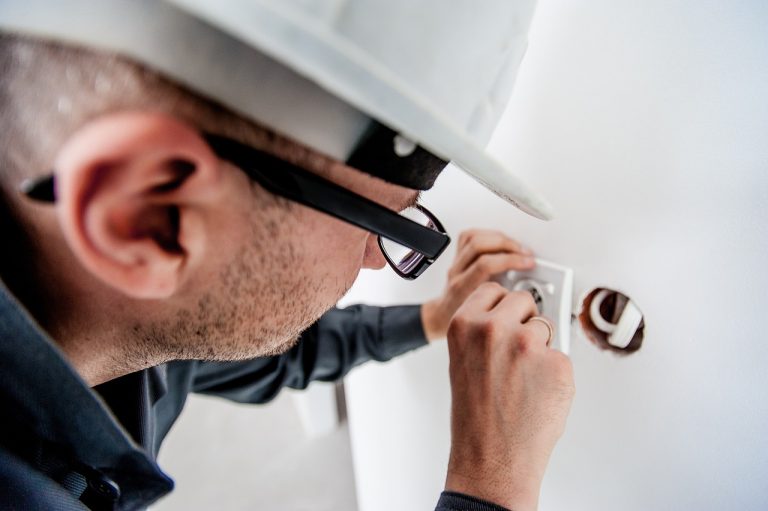Machinist Job Description
Machinist or Machine Shop Operators set up and operate machines, such as lathes, milling and engraving machines, and jigs borers to make working models of metal or plastic objects.
The duties of a Machinist consist of the following:
- sets up and operates machines, such as lathes, drill presses, or band saws, to fabricate prototypes or models.
- determines fixtures, machines, tooling, and sequence of operations to fabricate parts, dies, and tooling, according to drawings and sketches.
- drills, countersinks, and reams holes in parts and assemblies for bolts, screw, and other fasteners, using power tools.
- must do a layout and marks reference points and dimension on materials, using measuring instruments and drawing or scribing tools.
- cuts, shapes, and forms metal parts, using lathe, power saw, snips, power brakes and shear files, and mallets.
- grinds, files, and sands parts to finished dimensions.
- studies blueprints, drawings, or sketches, and computes dimensions for laying out materials and planning model production.
- fabricates metal or plastic parts, using hand tools.
- aligns, fits, and joins parts, using bolts or screws or by welding or gluing.
- assembles mechanical, electrical, and electronic components into models or prototypes, using hand tools, power tools, and fabricating machines.
- wires and solders electrical and electronic connections and components.
- reworks or alters component model or parts as required to ensure performance of equipment or that parts meet standards.
- inspects and tests model or other product to verify conformance to specifications, using precision measuring instruments or circuit tester.
- devises and constructs own tools, dies, molds, jigs, and fixtures, or modifies existing tools and equipment.
- makes bridges, plates, wheels, cutting teeth on wheels and pinions, and threaded screws.
- consults and confers with engineering personnel to discuss developmental problems and recommend modifications to correct or improve performance of product.
- records specifications, production operations, and final dimensions of model for use in establishing operating standards and machinery procedures.
The Machine shop operator’s duties are many but in order to do all these functions they must have knowledge in a variety of areas. The knowledge consists of a variety of materials and is as follows:
- design techniques, principles, tools and instruments involved in the production and use of precision technical plans, blueprints, drawings, and models.
- equipment, tools, mechanical devices, and their uses to produce motion, light, power, technology, and other applications.
- machines and tools, including their designs, uses, benefits, repair, and maintenance.
- electric circuit boards, processors, chips, and computer hardware and software, including applications and programming.
- materials, methods, and the appropriate tools to construct objects, structures, and buildings.
- numbers, their operations, and interrelationships including arithmetic, algebra, geometry, calculus, statistics, and their applications.
- structure and content of the English language including the meaning and spelling of words, rules of composition, and grammar.
- transmission, broadcasting, switching, control, and operation of telecommunications systems.
- physical principles, laws, and applications including air, water, material dynamics, light, atomic principles, heat, electric theory, earth formations, and meteorological and related natural phenomena.
- weaponry, public safety, and security operations, rules, regulations, precautions, prevention, and the protection of people, data, and property.
- composition, structure, and properties of substances and of the chemical processes and transformations that they undergo. This includes uses of chemical and their interactions, danger signs, production techniques, and disposal methods.
- theory and techniques required to produce, compose, and perform works of music, dance, visual arts, drama, and sculpture.


